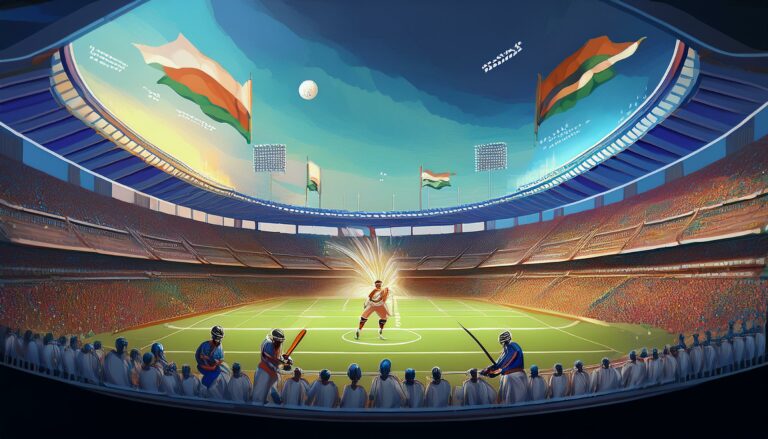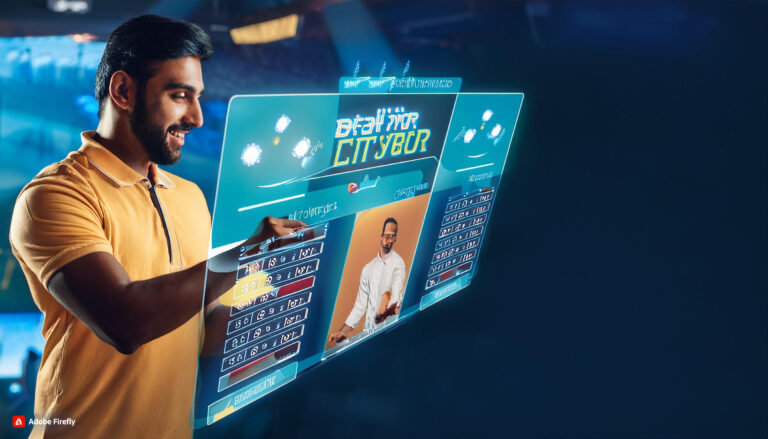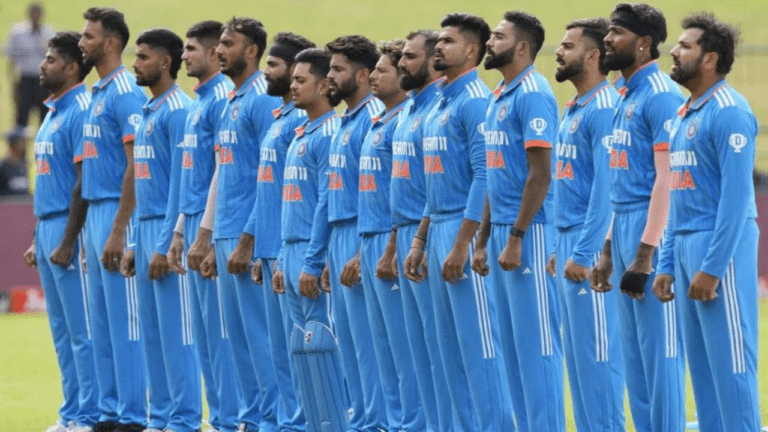IPL and Its Role in Promoting Indian Classical Art and Craftsmanship
Gold365, Play99exch: Indian classical art and craftsmanship have a rich and storied history that spans centuries. The intricate designs and impeccable craftsmanship of Indian artisans have been revered both locally and globally. These artisans have passed down their skills from generation to generation, preserving age-old techniques that continue to captivate art enthusiasts worldwide.
The roots of Indian classical art can be traced back to ancient civilization, where art was not just a form of expression but also a way of life. Each region of India has its unique artistic traditions, reflecting the diverse cultural heritage of the country. From the vibrant colors of Madhubani paintings to the delicate embroidery of Kashmiri shawls, each art form tells a story of its own, showcasing the unparalleled skill and creativity of Indian artisans.
Challenges Faced by Indian Artisans
Indian artisans are confronted with myriad obstacles in their craft. One significant challenge is the dwindling demand for traditional handmade products in the modern market. As consumers increasingly gravitate towards mass-produced and machine-made items, the age-old crafts of these artisans often struggle to find a place in contemporary society.
Moreover, these artisans face a daunting task in preserving and passing down their ancestral skills to the next generation. With rapid urbanization and shifting societal priorities, many younger individuals are opting for more lucrative and stable careers, thereby posing a threat to the continuation of these traditional art forms. The looming danger of these intricate crafts disappearing is a constant concern for the artisan community.
What is the history of Indian classical art and craftsmanship?
Indian classical art and craftsmanship have a rich history dating back thousands of years, with intricate designs and techniques passed down through generations.
What are some of the challenges faced by Indian artisans?
Indian artisans face challenges such as lack of access to markets, competition from cheaper mass-produced goods, and difficulty in preserving traditional techniques and skills.
How have modern advancements affected Indian artisans?
Modern advancements have both helped and hurt Indian artisans. While technology has opened up new markets and opportunities, it has also increased competition and made it harder to sustain traditional practices.
How can consumers support Indian artisans?
Consumers can support Indian artisans by purchasing handmade goods, supporting fair trade practices, and spreading awareness about the importance of preserving traditional crafts.
What are some initiatives in place to help Indian artisans overcome challenges?
There are various government and non-profit initiatives aimed at supporting Indian artisans, such as providing training programs, financial assistance, and access to markets both domestically and internationally.







